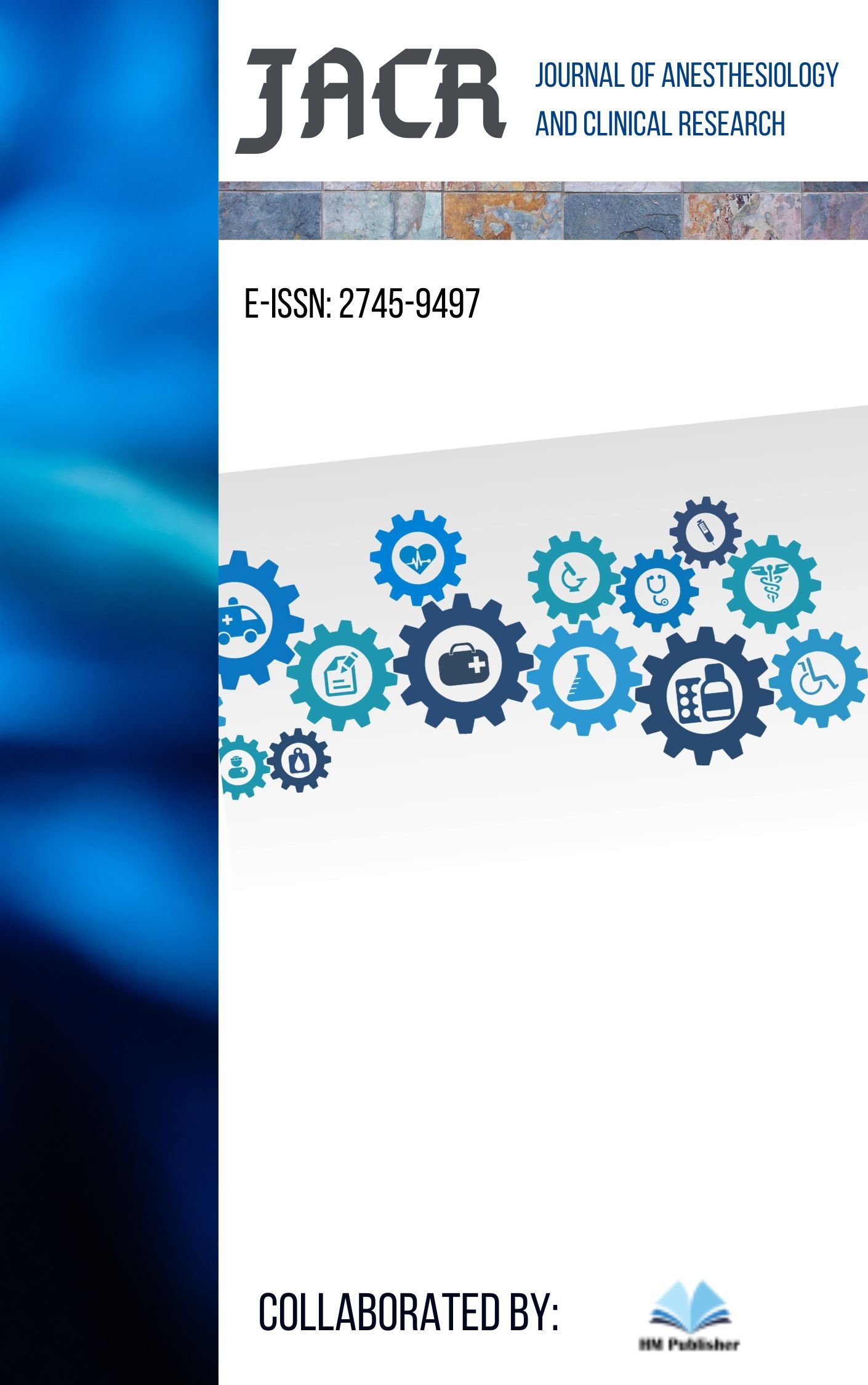Main Article Content
Abstract
Introduction: The increasing global geriatric population presents significant challenges for surgical care, particularly regarding the allocation of Intensive Care Unit (ICU) resources. This study aimed to identify determinants of postoperative ICU admission among elderly patients in Indonesia, a setting with a rapidly aging demographic.
Methods: We conducted a prospective, multicenter cohort study across 15 Indonesian hospitals from February to April 2021. Patients aged ≥60 years undergoing elective surgery were enrolled via consecutive sampling. Data on patient demographics, American Society of Anesthesiologists (ASA) physical status, Charlson Comorbidity Index (CCI), and type of anesthesia (general vs. regional) were collected. The primary outcome was postoperative ICU admission. Multivariate logistic regression was used to identify independent predictors.
Results: Of 893 patients enrolled, 18.8% required postoperative ICU admission. The final multivariate model revealed that a higher ASA physical status was the strongest predictor of ICU admission (Odds Ratio [OR] 4.13; 95% CI 2.88-5.92; p < 0.001). The administration of general anesthesia was also independently associated with a significantly increased likelihood of ICU admission compared to regional anesthesia (OR 2.77; 95% CI 1.83-4.19; p < 0.001). While the CCI was a significant factor in unadjusted analyses, its effect was attenuated after inclusion of the ASA score.
Conclusion: ASA physical status and the choice of general anesthesia are powerful, independent determinants of postoperative ICU admission in the Indonesian geriatric surgical population. These findings highlight the critical role of preoperative physiological assessment and suggest that the choice of anesthetic technique has significant implications for postoperative resource needs.

